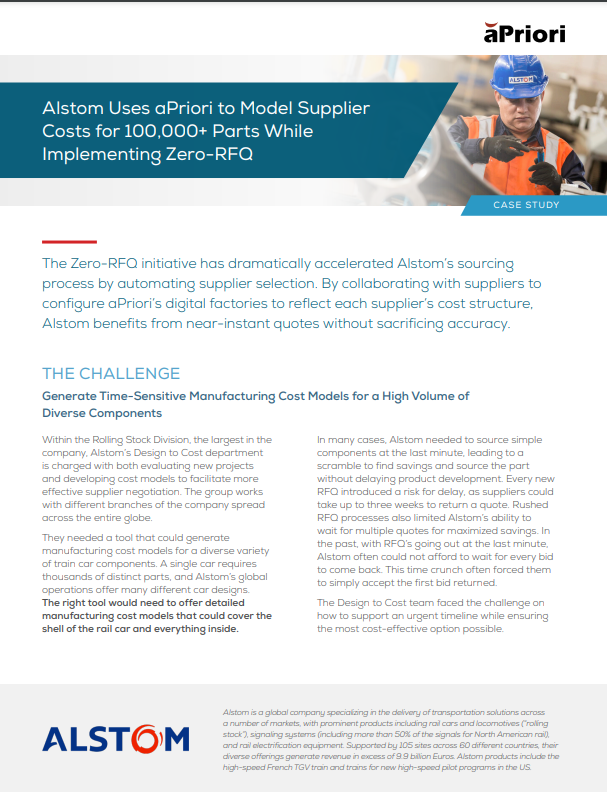
The past few years have taught us that we need to rethink how we do business and how our decisions impact it. Who are we today? Who do we want to be a year or five years from now? A Deloitte article referred to it as “the need to future proof the business”.
Digital transformation must be and is fast becoming, the centerpiece in this process. However, it is not that straightforward. Manufacturers efforts most certainly will fail if they do not see the digital transformation to completion.
In this article, we will outline how digital transformation helps manufacturers scale faster and with greater agility. Discover how five of manufacturers’ most pressing issues can be resolved with digital transformation technologies, ensuring fewer disruptions, faster time to market, greater manufacturability, and healthier profits.
Manufacturing challenges over the last few years – including the pandemic, remote work, labor shortages, inflation, and supply chain issues – signal that digital transformation is a forgone conclusion. The benefits of digital transformation are many. The right digital transformation solutions can improve productivity, product design, cost-savings, and more. It can break up silos, reduce bottlenecks, and automate workflows for better communication and collaboration.
Invest Now or Pay Later: Why Digital Transformation is Important
Executives are pondering how best to utilize and invest their cash. Is it better to pour it into more expensive materials for products? Should they reinvest it for a quicker, larger return? Or should they reinvest their capital in technologies and new products that enhance future agility and profitability?
Seventy-five percent of senior executives surveyed by Accenture say their business functions – including R&D, engineering, production sourcing, operations – often compete against each other instead of collaborating on digitization efforts.
Digital transformation in manufacturing is the answer to the above questions and the remedy that the Accenture respondents need. Yet, they no longer can wait to implement it. The time is now.
Forgo implementation at this stage and they will miss prime opportunities to generate valuable manufacturing insights that enable their team to be more productive and competitive, and the enterprise more profitable.
A McKinsey article noted that, when implemented successfully, many sectors experience 30 to 50 percent decreases in machine downtime, 10 to 30 percent throughput increases, 85 percent more accurate forecasting, and labor productivity improvements of 15 to 30 percent.
Overcome Challenges, Scale Faster
The case for digital transformation is compelling. Consider how it addresses these five challenges, while helping manufacturers “future proof” their enterprises.
1. The labor shortage will continue: Deloitte noted that record numbers of unfilled jobs are likely to limit higher productivity and growth in 2022, with an estimated shortfall of 2.1 million skilled jobs by 2030. Access to skilled labor, and being able to retain it, is a main challenge.
Can manufacturers invest upskilling time and money in a workforce only to lose them to another great resignation? Are they utilizing their top talent in the best way possible or have them mired in tasks that could be automated?
Digital transformation can assume functions requiring less skill. More experienced employees like design engineers can focus on more technical issues, leaving them more satisfied and assured that their work is impactful. Both are important attributes to retaining a strong workforce.
Collaboration and more streamline workflows boost productivity. Many enterprises face continued labor shortages for the foreseeable future. Digital transformation can mitigate shortfalls, without sacrificing productivity and time to market.
2. Manufacturers still grapple with production and supply chain costs: As increased pressure to get to market quickly and material delays continue, manufacturers must figure out faster methods to reduce production delays and supply chain costs.
Digital transformation technologies facilitate this process, so manufacturers can tackle disruptors more effectively. They can make decisions and scale faster, boosting agility. These benefits are essential to future proofing the enterprise, while remaining a competitive force today.
Manufacturers worried about cash – particularly working capital – can reinvest it in technologies and opportunities that will breed new products for the future. Having manufacturing insights that can be shared across the product lifecycle will provide a distinct advantage. Design engineers can quickly determine product feasibility. Cost engineers can identify outliers to ensure profitability. Sourcing is better equipped to work through supply chain issues and materials negotiations. Product and price performance can then be optimized, reducing costs by as much as 40% per unit.
3. Sustainability will continue as a top issue for executives in the next five years: In a McKinsey 2021 global report, 92 percent of executives say that new businesses built in the next five years will address sustainability to some extent. Forty-two percent plan on making sustainability their core new business value proposition.
Manufacturers also must anticipate sustainability regulations and requirements that will affect their business. Digital transformation tools like manufacturing simulation identify critical components used across multiple assemblies and platforms. As a result, manufacturers can potentially and significantly decrease their carbon footprint emissions and improve their ESG ratings.
4. Supply chains must automate some functions: Everyone believed supply chain disruptions would dissipate as markets opened back up. We were wrong. Delays and shortages continue, impacting capital investments, cash utilization, production, and profitability.
It is more imperative now to ensure product manufacturability while keeping costs in line with production. Manufacturing simulation can identify available resources to ensure a timely, continuous supply chain. It also allows sourcing and cost engineers to compare materials to effectively negotiate and better control costs. Buyer-supplier collaboration expands and improves through shared additional operational insights, more accurate costs and resource availability, and greater transparency.
The most effective manufacturing simulation will provide access to regional data libraries throughout the world. Manufacturers can assess the necessary raw materials and their origins. Then they can evaluate the cost and risk build-up associated with obtaining those materials. Companies with this advanced supplier-collaboration capability tend to outperform their industry competitors by nearly 2X, according to McKinsey research.
5. Productivity and time to market continue to be essential to competitiveness: As aPriori CEO and President Stephanie Feraday noted in a December article, digital transformation is propelling some new manufacturing products to market 20-40% faster by connecting operations, sharing data, and accelerating key phases of the product development lifecycle.
Simulation also reduces late-stage design changes and post-launch product issues – key to accelerating time to market. Additionally, better collaboration and automated workflows boost productivity.
Conclusion
When technologies close the loop, their adoptions will be successful. More importantly, everyone within the organization will be able to work from a single truth source, scaling faster and with greater agility.
Executives can champion digital transformation success with a strong deployment vision, clear value message, and a sound digital transformation strategy. Working with a solid team who can enact the digital transformation roadmap is the next step. They must be able to articulate progress and measure results. Only then will manufacturers be able to generate valuable manufacturing insights, connect product teams and improve collaboration, automate processes and workflows, and improve productivity across the organization.
Digital transformation creates a foundation to weather any market condition. With the right manufacturing simulation, manufacturers will be able to future proof their enterprises.
Reduce lengthy supplier negotiations with manufacturing simulation
See how one manufacturer saved 40% on recurring costs





